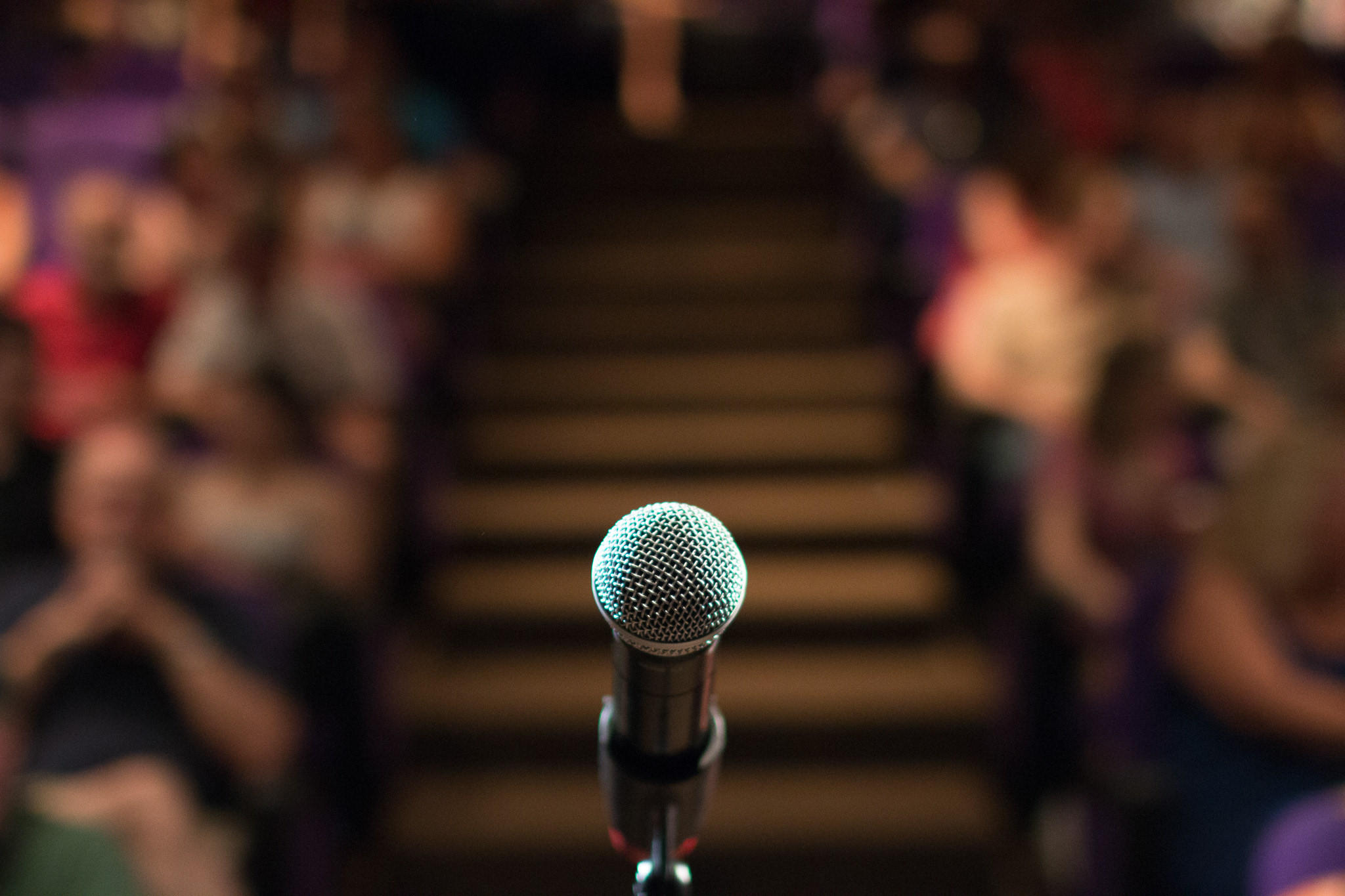EEG Biofeedback Training for Stage Fright and Performance Anxiety
You may have had the experience that when the greatest demands are made upon you, your brain is so preoccupied with fear of failure that it is actually prevented from performing. This kind of anxiety seems at such times to take on a life of its own, and one loses any sense of control.
There is hope. Our brains are capable of learning how to control the anxiety state. The usual way this is done is called biofeedback. If you have heard of biofeedback before, it has most likely had to do with training in relaxation and “stress management”. Much of this work deals with controlling anxiety states which are worsened by stress. Anxiety states include such reactions as panic attacks and phobias at one extreme, and such problems as performance anxiety and stage fright on the other. When the person is challenged to perform in some way, the brain reacts by overly heightened vigilance that actually undermines the ability to function well. This problem can compound itself, as the person becomes anxious, observes himself or herself becoming anxious, and becomes even more anxious. At a time of future challenges, the anxiety response can be more readily kindled because of the memory of earlier failure to perform.
Recently brainwave training has become available as a new option for doing biofeedback for stage fright, performance anxiety, and other anxiety states. This kind of learning is based on information derived directly from the brain’s electrical activity, the EEG, which can reveal anxiety states. In this way, anxiety is seen as one manifestation of diminished self-regulation by the brain. By challenging the brain to regulate itself better, it subsequently also functions better under life’s normal as well as extreme challenges. Once the brain has been trained to self-regulate, it is no longer as vulnerable to the paralyzing and disabling downward spiral of anxiety.
During EEG training for stage fright or performance anxiety, the person is shown information derived from his or her EEG in real time, and is asked to bring certain aspects of it under control. This training repeatedly challenges the brain to improve its own internal regulatory processes. The therapist adjusts the level of difficulty to the situation.
As with other learning, the process is largely accomplished at a subconscious level. However, there may very well be some conscious awareness of changes taking place as the training proceeds. For example, the trainee will usually observe times when the EEG reflects existing anxiety states. The trainee then brings his skills to bear to bring these states under control. As mastery improves, the person gains confidence in his ability to control and regulate these states. The improved level of confidence further supports the process, and allows the person to work at a higher level of difficulty. Eventually, the person may visualize situations in which they may have previously become anxious. They will see their brain waves change, and will actively bring them back under control.
We find that most persons who undertake the training gain significantly in their ability to control anxiety states, to the point that these no longer interfere with the conduct of their life, even during their greatest challenges. Once the task is learned, the brain tends to retain that ability, and follow-up sessions are usually not necessary.
Source: http://www.eegspectrum.com/applications/anxiety/stagefrightperformanx/


No comments:
Post a Comment